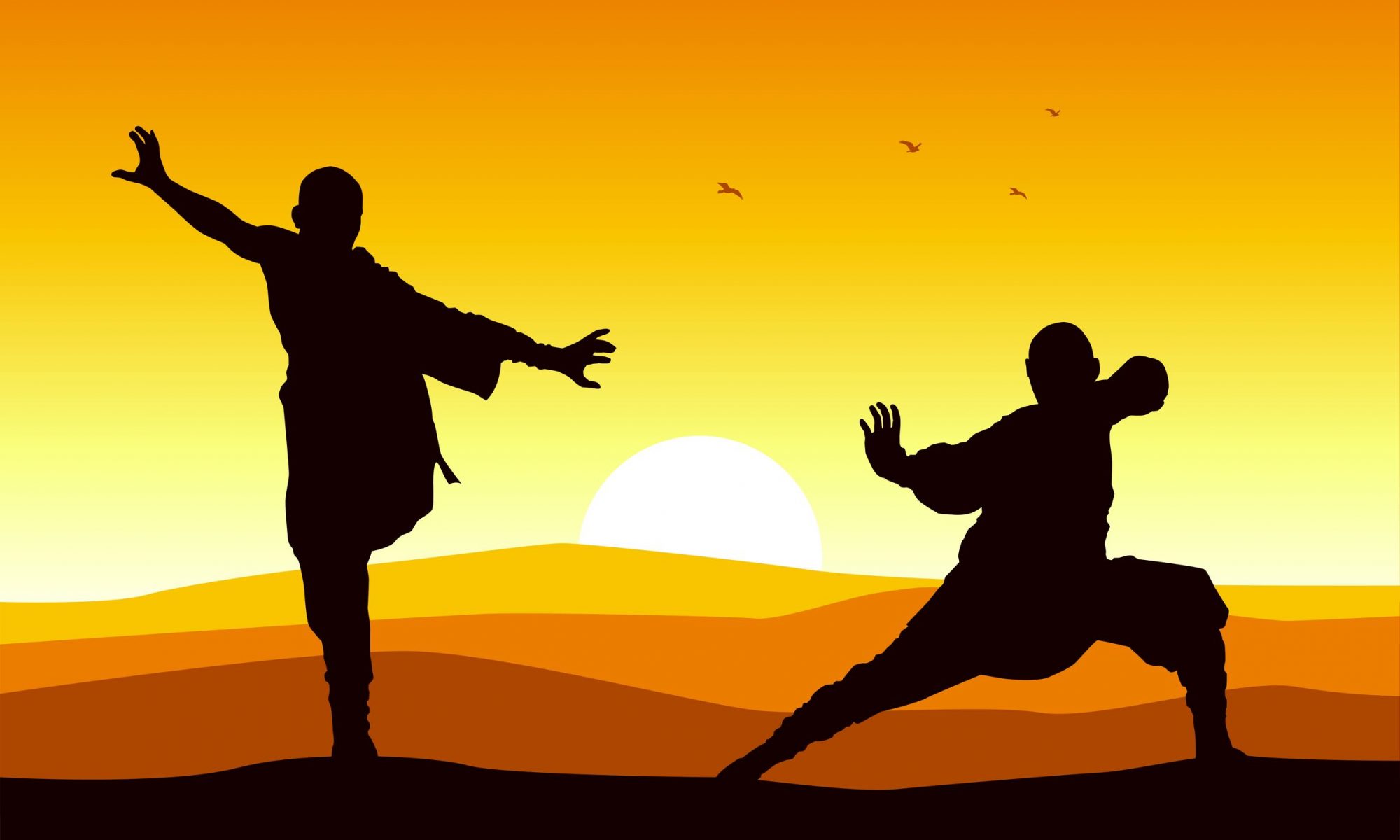All about our classes
All of our Tai Chi classes follow a systematic programme of exercises to develop a fine balance between the internal and external aspects of our bodies and spirit. Whilst keeping broadly to this routine there is flexibility to allow for different routines and newly learned skills to be introduced.
Overall the class routines are as follows:
1) A welcome to the class to gently loosen up and forget about the pressures of getting to a class.
2) Meditation: depending on the class – this is done either sitting down or standing in the “post” posture. The focus is upon the breathing and taking the breath naturally to the “dan tien” or lower energy centre just below the navel and in the centre of the body. This part of the session will last 5 – 10 minutes.
3) Harmonising the meridians. Part of learning about the subtle energy or “chi” is knowing about meridians and the vital part they play in health development. Brief mention is made of acupuncture points when dealing with contact aspect of the martial side of taiji quan. A special routine of hand massage on the face, arms and legs helps to promote a smooth flow of energy in those parts of the body that are massaged.
4) Qigong exercises. These are aimed at opening all the joints of the body from the feet to the head and neck. Open and flexible joints with relaxed and strong muscles allow the body to be firm and well balanced with a smooth flow of chi and other bodily fluids.
5) Tai Chi Ruler. This is sometimes referred to as a Chinese Yoga with a stick. The exercises are simple but very effective in normalising breathing and practising using the full capacity of the lungs. In addition the gentle backward and forward movement of some of these exercises assists in righting poor posture and strengthening the muscles in the legs and lower spine.. This particular exercise routine is invaluable for people who have had a fall and helps them to regain confidence in their ability to move whilst carrying something in their hands. This is a vital part of our in-built falls prevention programme.
6) Five animal frolics (Crane); Some of the crane frolic exercises are used to re-energise students after they have had a break in the middle of a class session. Again the exercises are simple and emphasise posture and breathing.
7) Pushing hands. This is used to get students used to working in pairs. One and two handed push hands are undertaken to focus on balance, deflecting and centering.
8) Practising The Form –
Over 50’s groups are taught the short Sun form as developed by Dr. Paul LAM. This form is particularly useful for people suffering from arthritis related conditions but we have found it beneficial for people with multiple sclerosis, respiratory dysfunctions, cardio vascular disease and much else. Another aspect of its usefulness is for those who have any balance problems such as Ménière’s `s disease and associated inner ear malfunction. This form also allies itself to our falls prevention initiatives as it develops confidence to walk and move the arms in a controlled manner.
Some classes are taught the Yang Style Short and Long Forms which are more complex than the Sun form and take that much longer to learn. The Yang forms have all the benefits of the Sun form but include some movements which students with severe disabilities might find too physically demanding. However adaptations are made to cater for any problems that may arise and in cases where people are confined to wheelchairs or have difficulty in standing then hand movements are developed so that they can keep pace with the rest of the class.
The narrow blade sword and broadsword are taught to senior students as and when they reach an acceptable standard in the hand forms.
Currently some classes are being taught the fan form which develops balance and coordination and is great fun.
9) Cooling off exercises.
Simple exercises designed to calm and cool the muscles before the final closing of the class.

